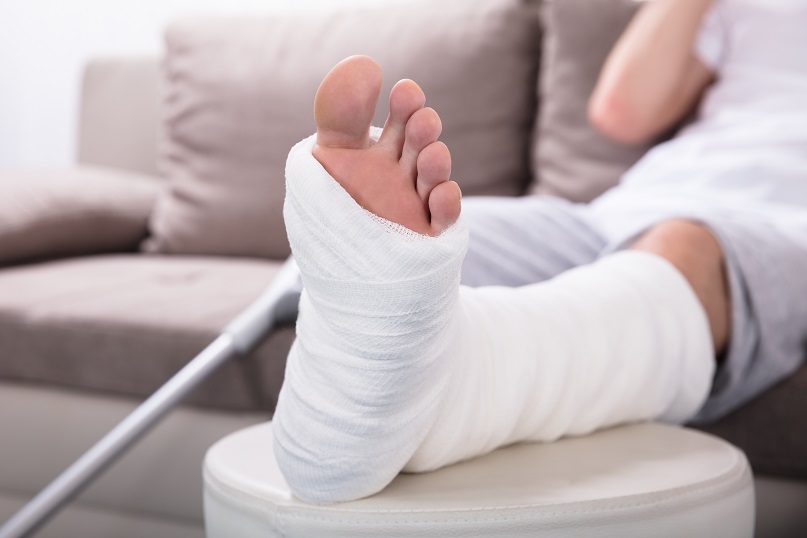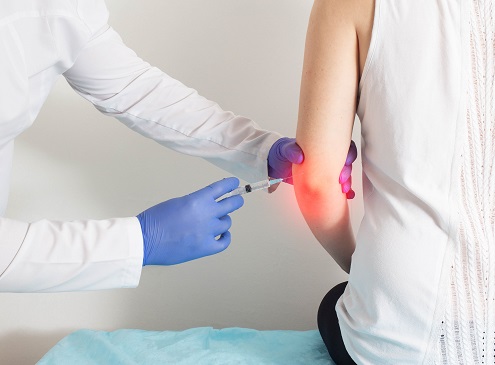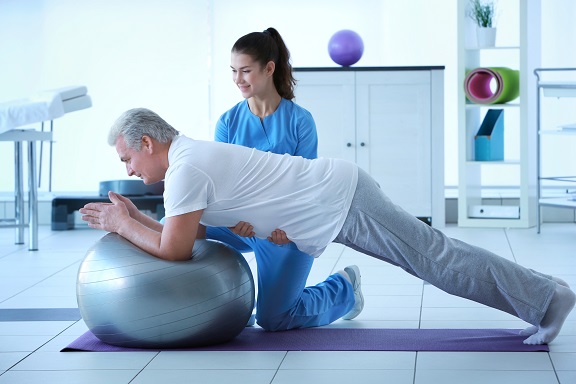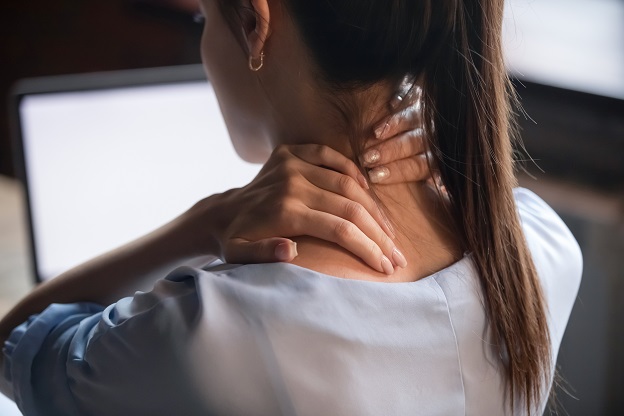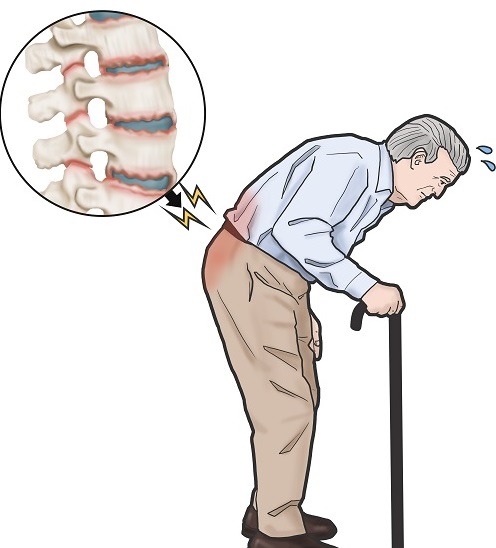Fracture is impairment of bone and/or cartilage integrity. There's no such thing as crack medically. In public, the term crack is used for unbroken fractures. When a fracture occurs, it is also accompanied by soft tissue injuries. The first important stage of fracture treatment is carried out by orthopedists. Treatment at this stage also affects subsequent rehabilitation stages. Depending on the condition of the fracture, the fractured area is taken to plaster, splint or operated, and immobilization (inactivity) is required for a period of time for the fracture to heal. Problems such as joint stiffness, muscular atrophy (muscle melting) may develop due to prolonged immobilization. The aim of fracture rehabilitation is to restore functionality before injury.
Fracture Healing
Pain, edema, deformity, pronounced local sensitivity, muscle spasm, abnormal mobility, loss of function are the first symptoms of fracture in the fracture area. Usually, local cold application is performed in the first 72 hours and then hot can be applied. To reduce edema and facilitate circulation, the fracture area is placed high. The injured area is properly stabilized and rested. The joint above and below the fracture line is immobilized with plaster, preventing the separation of fracture parts. If necessary, the patient is operated. Three phases of bone union have been reported in fracture recovery:
Inflammatory phase: lasts 1-2 weeks. After a while, inflammation begins to develop in the area of fracture hematoma caused by increased vascularity. The blood cells that migrate here by inflammation cleanse the dead tissues and prepare the fracture area for the repertoire phase.
Reparative phase: This phase can take months. The fracture area is invaded by chondroblasts and fibroblasts. Fibrosis consists of soft callus consisting of tissue, cartilage and a small amount of bone tissue. Then this soft calculus tissue is mineralized by osteoblasts and transformed into hard calculus tissue. Boiling delay or absence of boiling is caused by errors in this healing process.
Remodeling phase: This phase can take months or even years to complete. In this phase, immatur disorganized mesh bone, matured organized lamellae turns into bone and stability in the fracture line increases even more.
Complications such as infection, joint stiffness, muscular atrophy, complex regional pain syndrome, malunion, delayed union, nonunion, joint separation, adhesion, avascular necrosis, vascular injuries may develop during recovery. Prevention and treatment of these is very important for the patient.
Rehabilitation After Fracture
Rehabilitation varies according to the patient, the location and condition of the fracture. The main question in rehabilitation is whether there is enough boiling. This is decided by a good inquiry, clinical examination and radiological evaluation.
After a fracture, walking is usually assisted by two forearm crutches or two crutches. Loading on the fractured extremity is gradually increased. The degree of load is practically examined in five subgroups. No load, fingertip load, partial load (usually pressing with a weight of 25 kg), giving as much load as it can withstand, and full load.
The patient is given exercise. Exercise is started on all joints that do not require inactivity at the end of the fracture. Exercises are organized in the form of joint mobility, stretching and strengthening according to the patient's needs; it is done by the physiotherapist or under the supervision of devices. The most important point in rehabilitation is to find the balance between immobility and mobilization. Proper weighting and exercise are the main elements of mobilization.
Superficial cold, hot applications, TENS, ultrasound, laser, electrical stimulation, hydrotherapy have been shown to be useful in the acute period of fracture treatment and subsequent rehabilitation period, reducing pain, edema, and having positive effects on fracture healing.
If the fracture is treated correctly and in a timely manner, it can be completely restored in a few years without any problems. The important thing for patients is to ensure the balance between immobilization and mobilization well and to prevent complications that may occur and to regain the old functionality of the injured area and to return to daily life without problems.
RESOURCES
1) Physical Medicine and Rehabilitation, Volume 1. Mehmet Beyazova, Jade Gokce Holy, 2011
2) Medical Rehabilitation. Hasan Oguz, 2004
